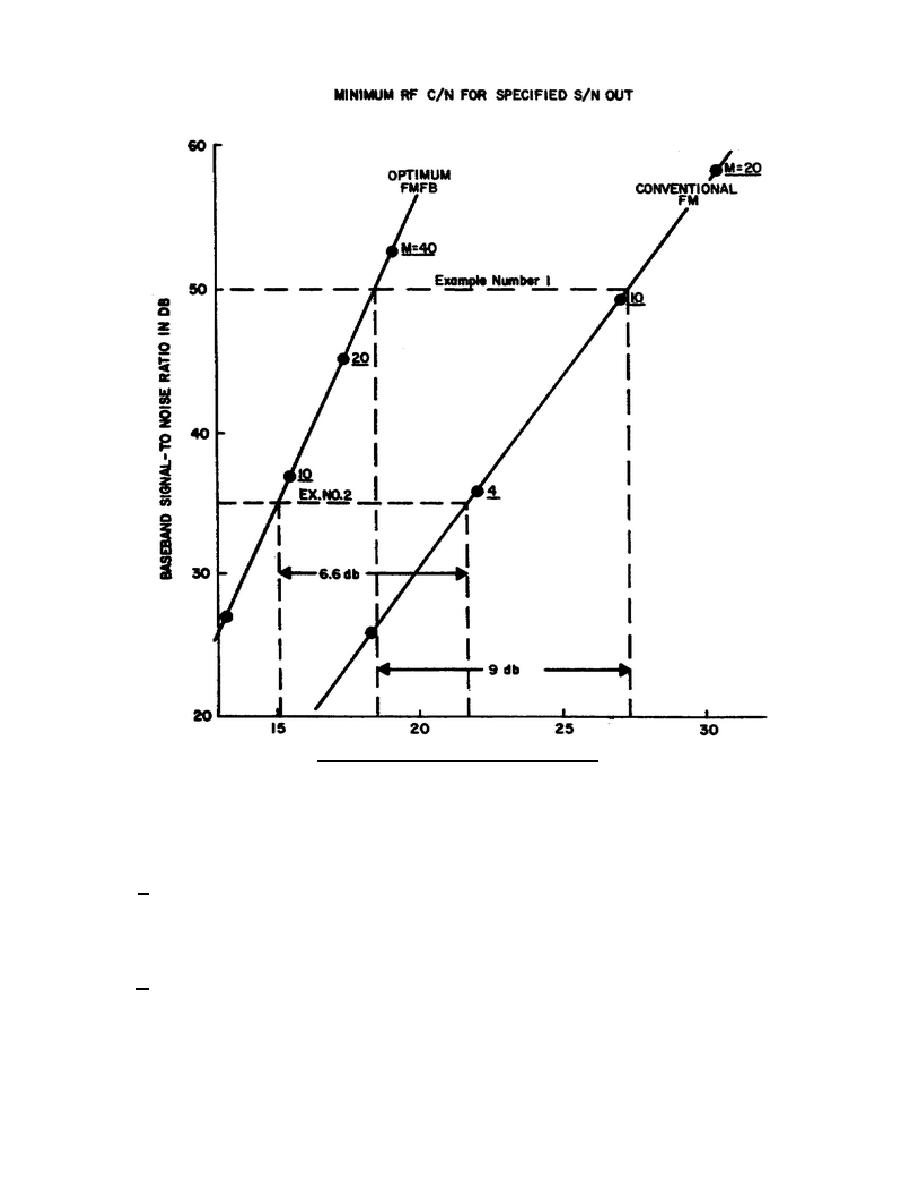
Figure 111. RF carrier-to-noise threshold.
(2) As a second example, take a more typical baseband signal-to-noise ratio of 3,000-to-1 (35 db).
Again referring to figure 111, we see that the carrier power can be reduced by 6.6 db, or a factor
of 4.6. Realize that a decrease of 6 db is equivalent to halving the receiving antenna diameter or
doubling the slant range.
f. Shown in figure 111 are the modulation indexes needed to design an optimum system. Since
bandwidth is directly proportional to the modulation index, the RF bandwidth can be computed. For the two
examples just presented, the modulation indexes are between two and three times larger for FMFB; hence, we can
expect the RF bandwidth for optimum FMFB to be two to three times larger than conventional FM.
g. Noise operates on an angle-modulated signal in such a way that only some of the noise energy angle-
modulates the carrier and only the angle-modulated portion of the noise is reduced by the feedback. For
moderately
344 L3
119



 Previous Page
Previous Page
